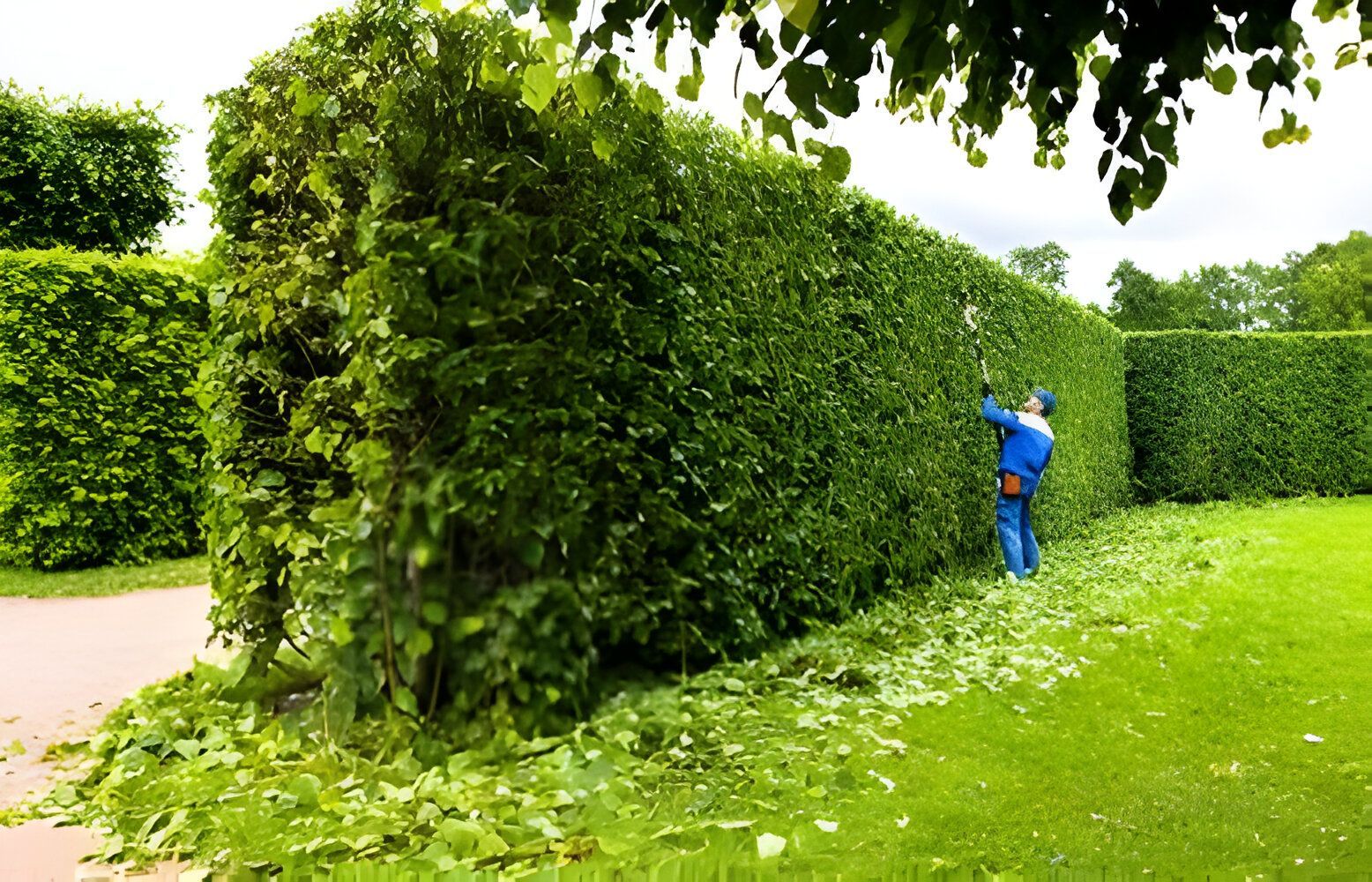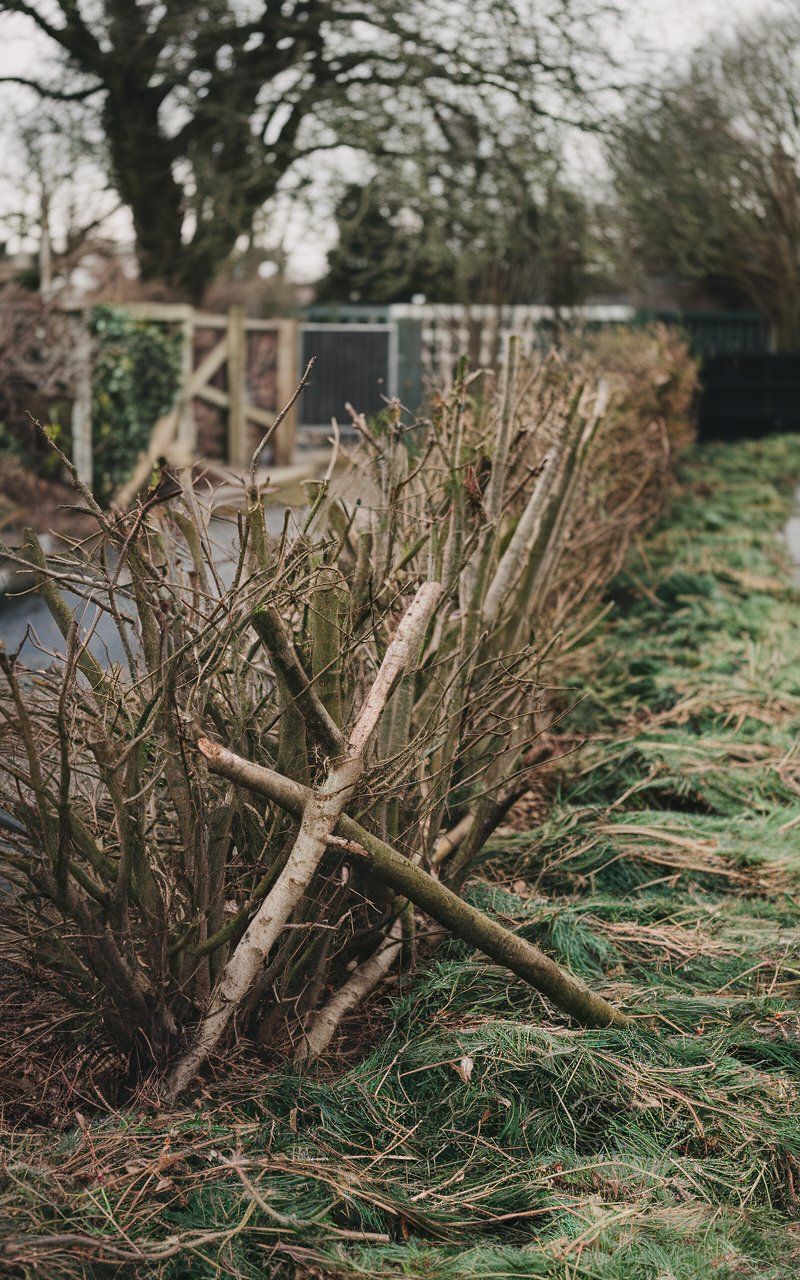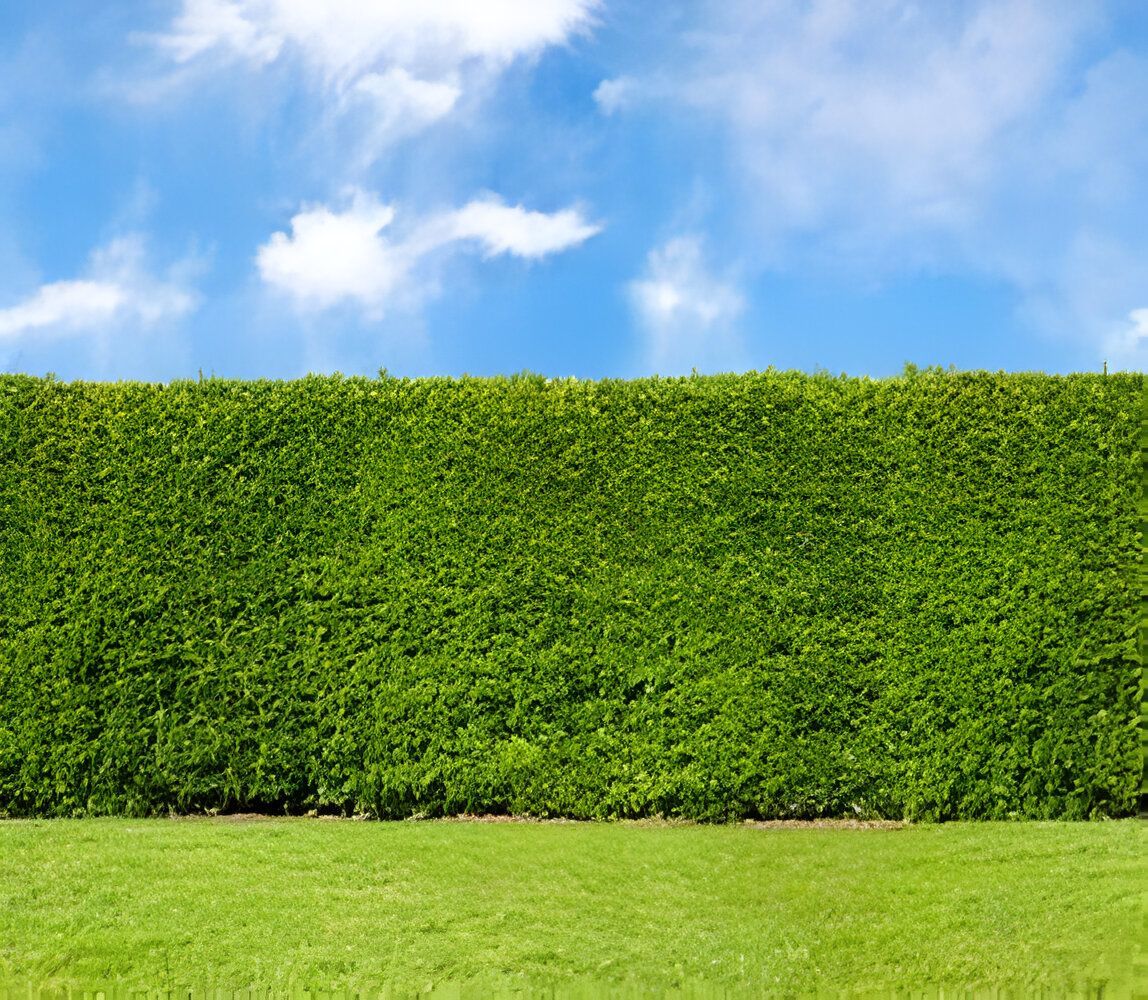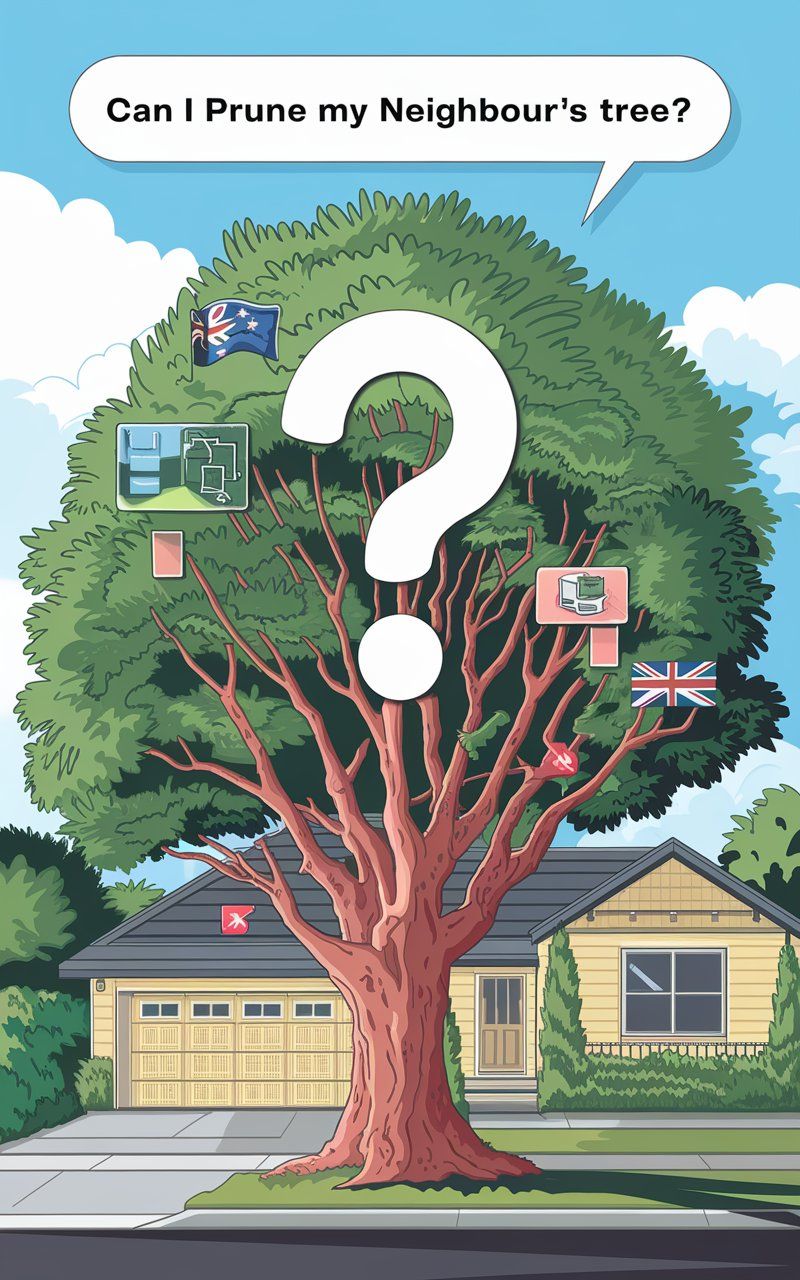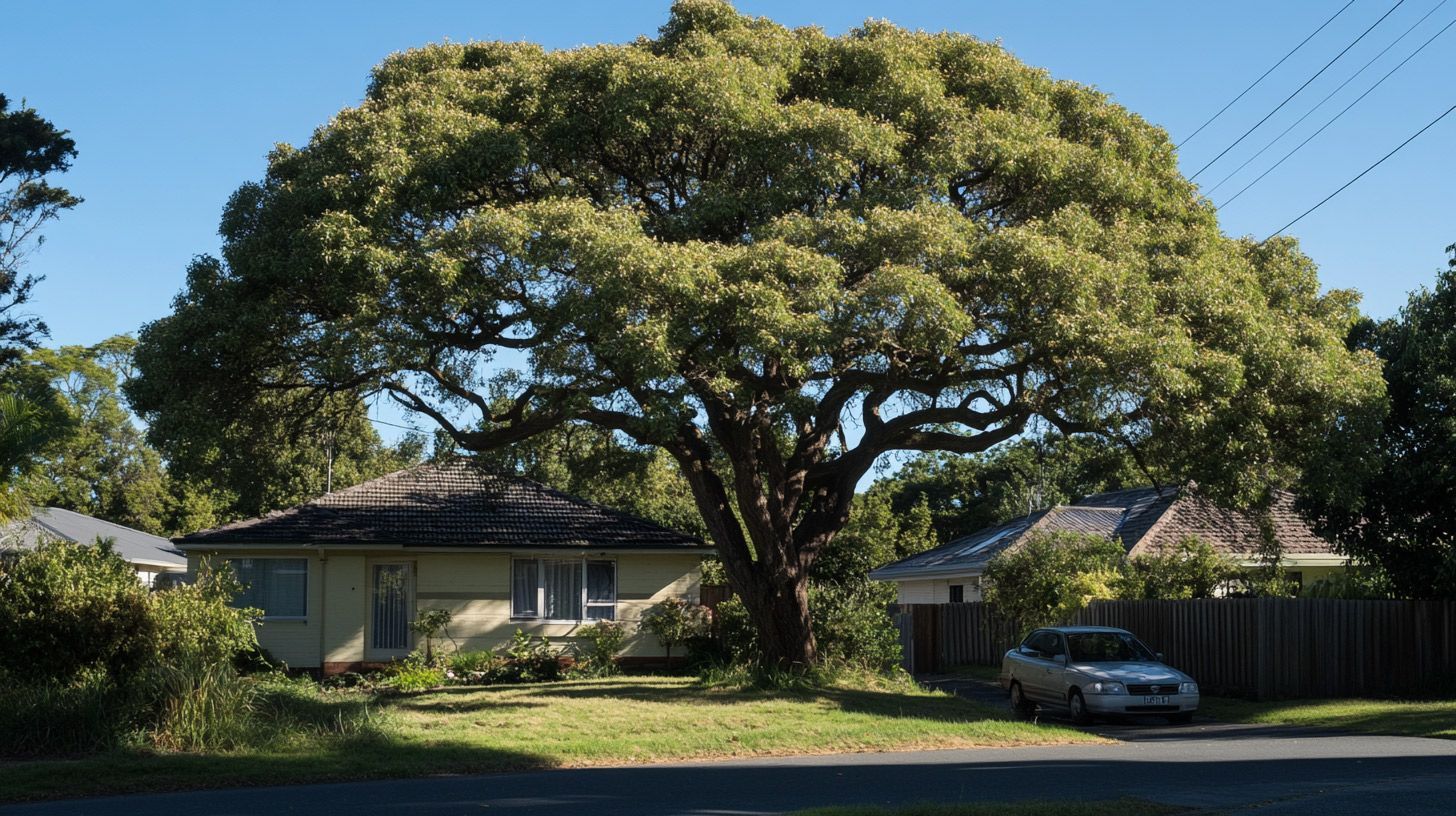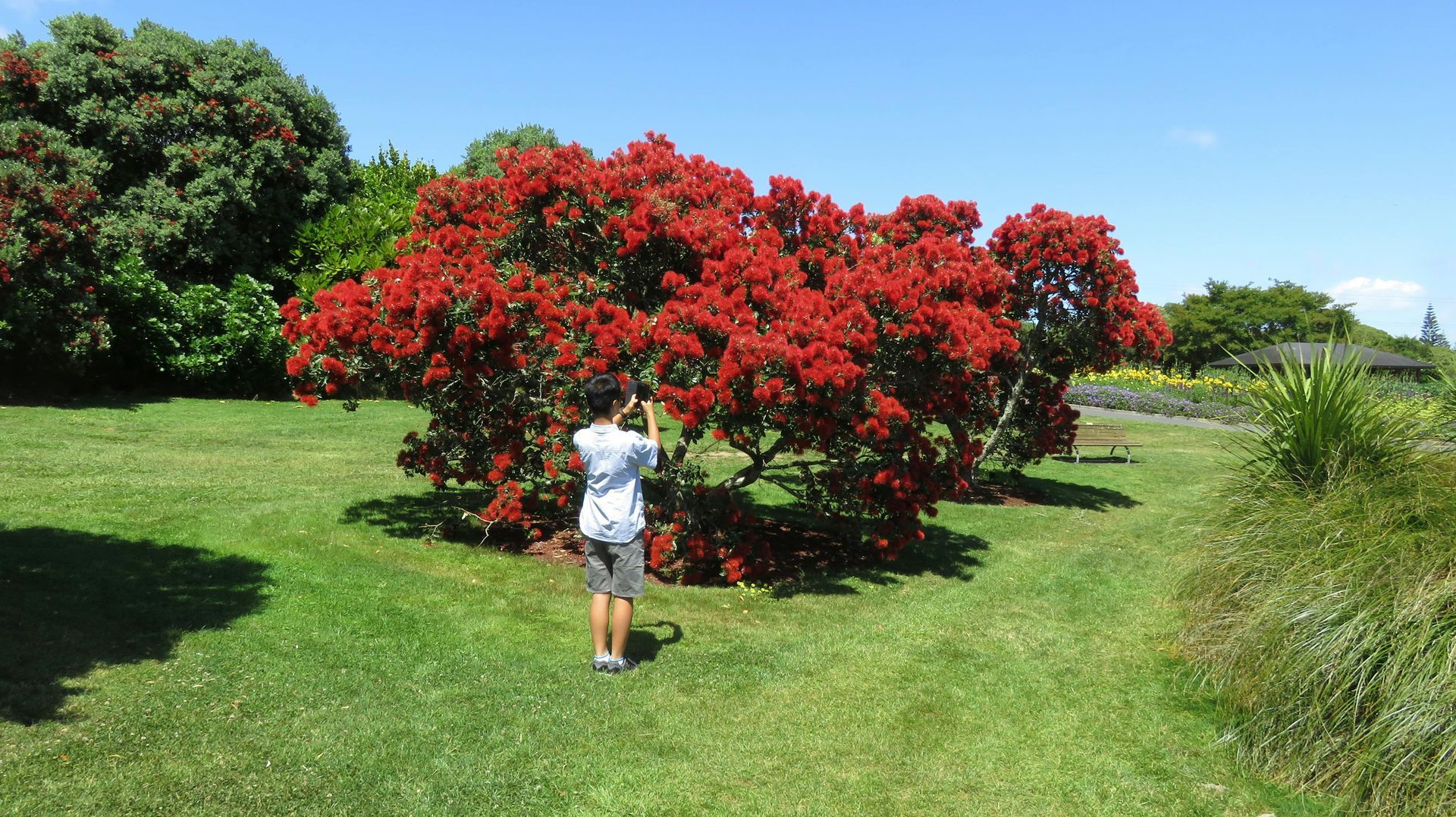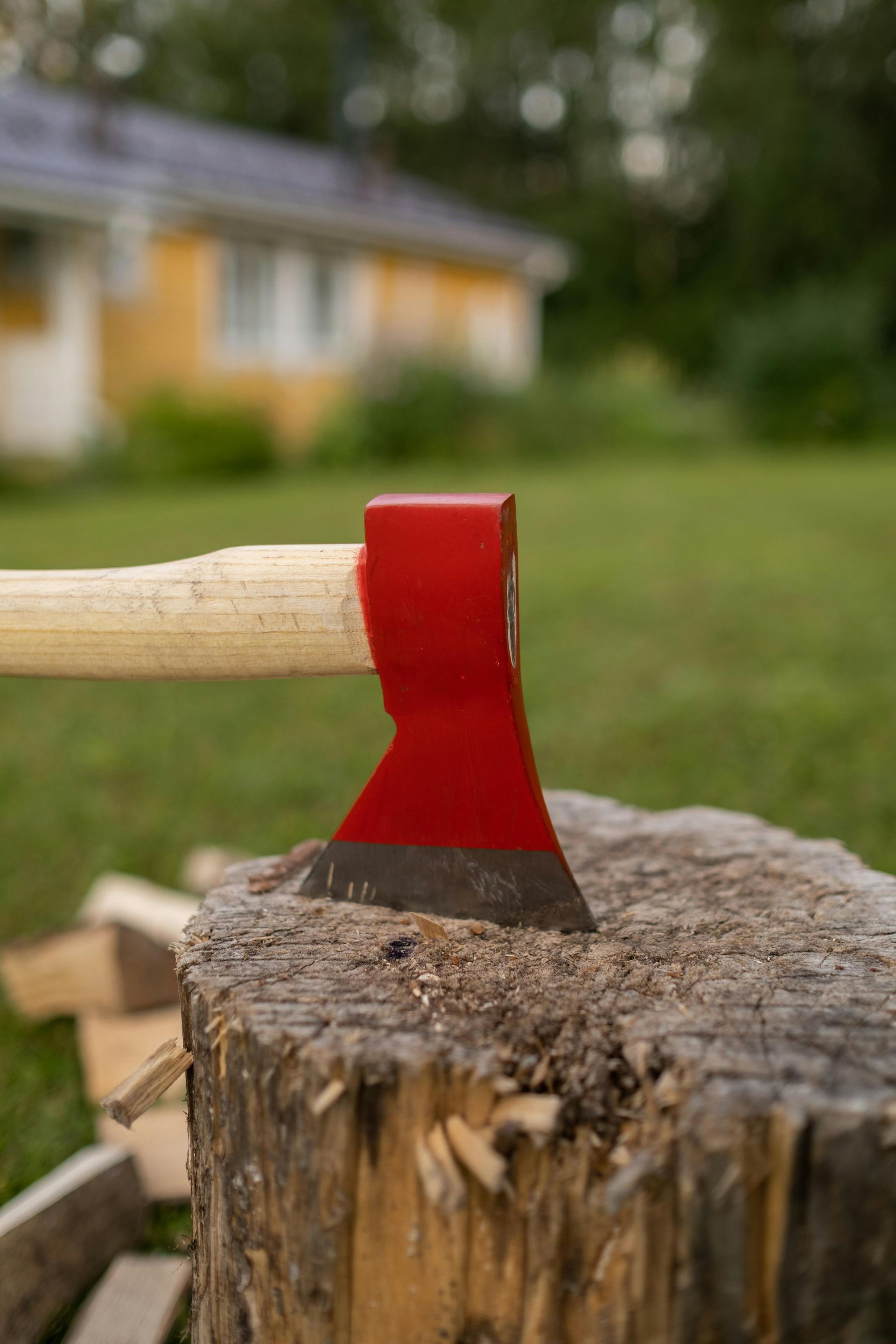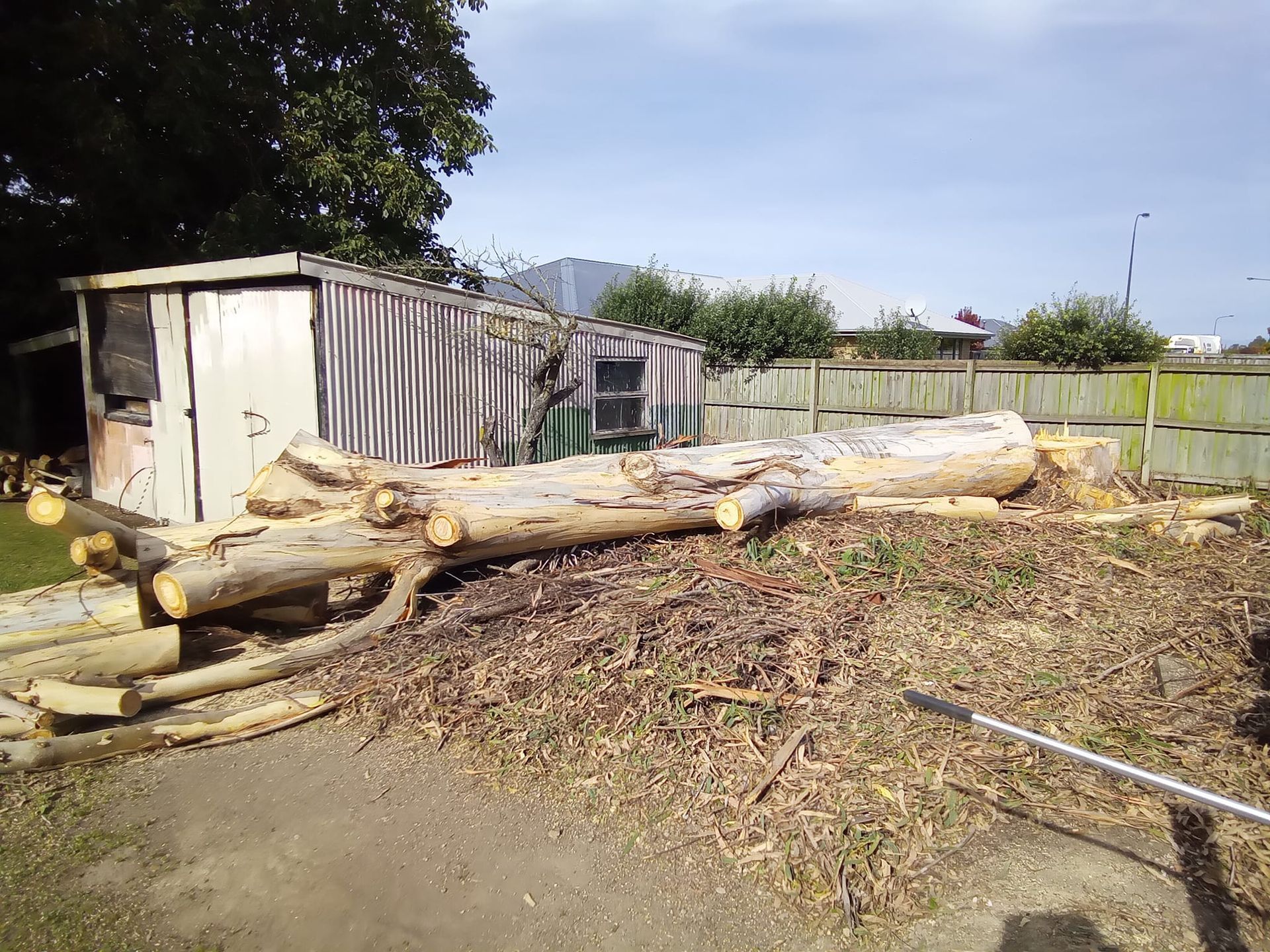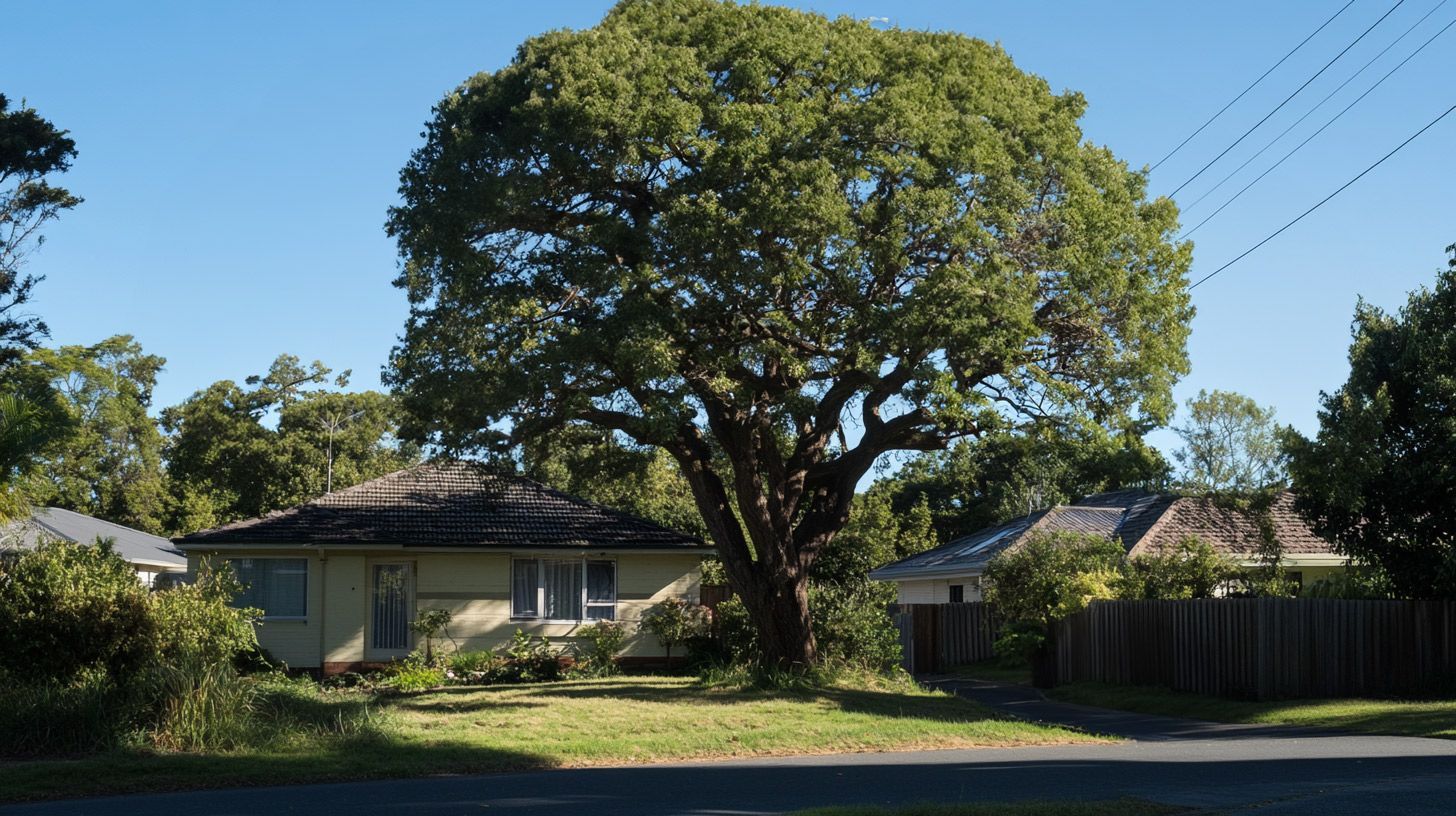Should I Cut Down a Tree Close to My House?
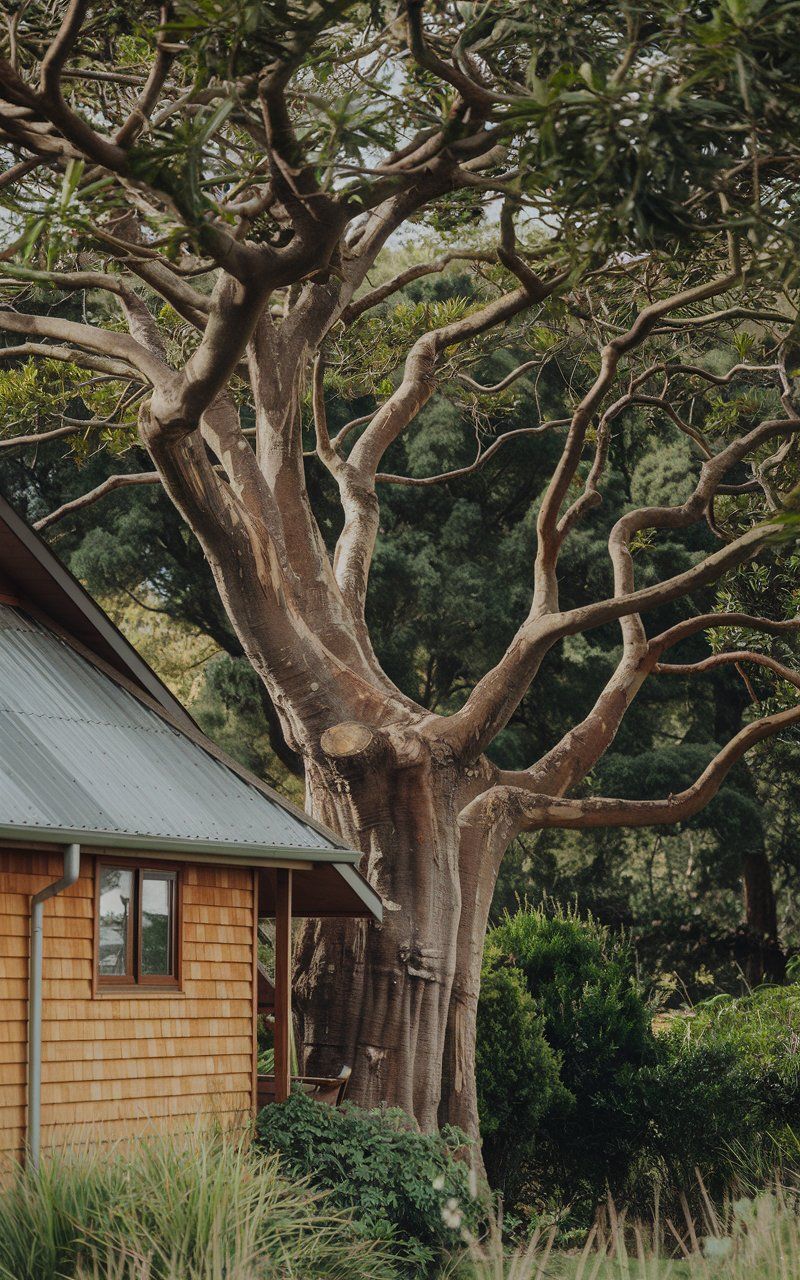
Trees add beauty, shade, and value to your property, but when they’re too close to your house, they can also pose risks.
So how do you know if a tree is too close to your home?
Let’s explore the signs, risks, and factors to consider before making the decision to cut down a tree near your property.
How Do You Know If a Tree is Too Close to Your House?
Determining whether a tree is too close requires careful evaluation. Here are key indicators to watch for.
1. Branches Touching or Overhanging the Roof
Branches that scrape against your roof or hang over it can cause damage, block gutters, and create a pathway for pests like rodents or ants.
2. Roots Interfering with Foundations
If a tree’s roots are visibly pushing up driveways, sidewalks, or even your home’s foundation, it’s a sign the tree is too close.
3. Cracks or Leaks in Walls or Floors
Roots searching for water can infiltrate plumbing systems or create cracks in your home’s structure, leading to costly repairs.
4. Too Close for Fire Safety
In areas prone to wildfires, trees near the house can be a hazard. Branches and leaves too close to the home can increase the risk of fire damage.
5. Shading Solar Panels or Windows
Excessive shading from nearby trees can reduce the efficiency of solar panels or block natural light, affecting energy use and home comfort.
Risks of Keeping a Tree Too Close to Your House
1. Structural Damage
Roots can grow into pipes, sewers, and foundations, causing costly and sometimes irreversible damage.
Additionally, falling branches can harm roofs, windows, or siding.
2. Safety Hazards
During storms, trees close to the house are more likely to fall or drop heavy branches, putting your family and property at risk.
3. Pest Infestations
Trees close to the home can provide an easy bridge for pests like rats, possums, or insects to access your roof and attic.
4. High Maintenance Costs
Regular trimming and debris removal can become a financial burden when trees are too close to the house.
Should You Cut Down a Tree Close to Your House?
Factors to Consider
- Tree Health- Is the tree healthy or showing signs of disease? Diseased trees are more likely to fall or lose branches.
- Species - Some trees, like willows and poplars, have aggressive root systems that can cause more damage.
- Proximity - Trees within 5 metres of your home’s foundation are more likely to cause structural issues.
- Local Regulations - Check council bylaws or protected tree lists before taking action.
Case Studies - Trees Close to Houses in NZ
Case Study 1 - Large Pine Tree in Christchurch
A homeowner in Christchurch had a 20-metre pine tree 4 metres from their home. Overhanging branches regularly dropped debris into gutters, and roots began lifting the driveway.
After consulting an arborist, the tree was removed for $3,500, including stump grinding and debris removal.
Case Study 2 - Oak Tree in Dunedin
In Dunedin, a homeowner noticed cracks in their garage wall caused by a nearby oak tree’s roots.
Despite the tree’s aesthetic appeal, the risk to the structure necessitated its removal.
Total cost: $2,800.
Case Study 3 - Kowhai Tree in Queenstown
A Queenstown resident loved their kowhai tree but found it too close to their solar panels. After professional pruning and reshaping, costing $800, the tree remained a feature without affecting energy efficiency.
How to Decide - Trim or Remove?
1. When to Trim
Trimming is a good option if.
- The tree is healthy.
- Only a few branches are causing issues.
- You want to preserve the tree’s aesthetic or environmental benefits.
2. When to Remove
Consider removal if.
- The tree is diseased or dying.
- Roots are causing significant structural damage.
- It’s a safety hazard during storms.
Steps to Take Before Cutting Down a Tree
- Consult an Arborist An arborist can assess the tree’s health, risks, and the best course of action.
- Check Local Regulations Ensure the tree isn’t protected under local bylaws or council schedules.
- Get Multiple Quotes Tree removal costs can vary. Compare quotes from certified arborists to get the best deal.
- Plan for Stump Removal Leaving the stump can lead to regrowth or pest infestations. Stump grinding costs $200–$500 on average.
Costs of Cutting Down a Tree Close to Your House
Tree removal costs depend on factors like size, species, and accessibility.
Here’s a general breakdown.
- Small trees (under 5 metres): $300–$800
- Medium trees (5–10 metres): $800–$2,000
- Large trees (10+ metres): $2,000+
Additional costs may include.
- Stump grinding - $200–$500
- Council permits - $100–$300
- Debris removal - $100–$500
Conclusion - Should You Cut Down a Tree Close to Your House?
Cutting down a tree close to your house is a significant decision that depends on its health, proximity, and potential risks. While trimming can address minor issues, removal may be necessary for safety or structural concerns.
Always consult a professional arborist and check local regulations before proceeding.
Ready to take the next step?
Contact a certified arborist today for a free consultation and expert advice!

